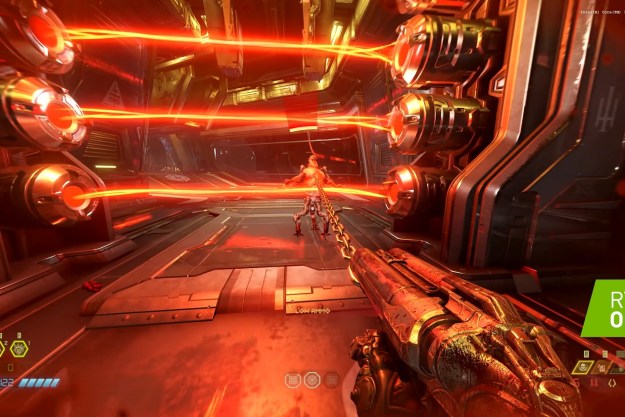Sonic Blu-ray Creator, a collaboration with Panasonic, is based on a workflow that is both familiar and intuitive to professional title developers, allowing them to deliver titles in time for the upcoming format launch.
Blu-ray Creator gives title authors the ability to combine high definition video and audio with interactive menus and internet connectivity, proof their title as they work, and output fully formatted BD pre-masters for replication. A complete authoring solution, Sonic Blu-ray Creator offers:
— Full support of the Blu-ray Disc HDMV specification
— An intuitive authoring environment based on familiar DVD authoring workflow
— Support for the latest high-definition codecs for video and audio
— Up to 32 audio tracks for multi-language titles
— Expanded interactivity, including pop-up menus, full-color subpictures, and subtitling
— Navigation capabilities beyond traditional DVDs
— Comprehensive Blu-ray Disc title verification
Editors' Recommendations
- Samsung’s creator week sale knocks up to $1,000 off top monitors
- Nvidia is bringing ray tracing and DLSS 3 to your car
- Let’s create: Why NVIDIA Studio laptops are quintessential for content creators
- The world responds to the creator of ChatGPT being fired by his own company
- All ray tracing games on PC: AMD Radeon and Nvidia RTX ray tracing


